This week I had my first experience calling poison control. My five-month-old son just learned how to move his baby walker. And what was the first thing baby heads for…the plant that kills cats, dogs and hospitalizes children! I remember buying the plants for its ability to clean the air. A NASA study proved that peace lilies are one of the best plants for cleansing the air. At the time, it didn’t occur to me to look into the plant’s other properties. I just didn’t know we owned poisonous plants. We don’t own pets, and it has taken us 17 years to get our precious baby boy – so deadly plants were never a concern.
At first, he just pet the leaves. As I watched him, I tried to remember the name of the plant he was touching, thinking I should look it up and see if it’s safe. As soon as I grab my phone to look it up, he ripped off a leaf, AND I RAN to grab his hand. My quick movement startled him, which made him fling up his hands. His back was to me so I couldn’t see if he had gotten it into his mouth. Once I moved him away from the plants, I did a quick search and found to my horror, he was playing with a Peace Lily, which is fatally poisonous! I watched him like a hawk for the next six hours. No swollen or red mouth, check. No excessive drooling or spitting up, check. Able to drink a bottle, check. Thankfully, my baby didn’t have any signs of poisoning.
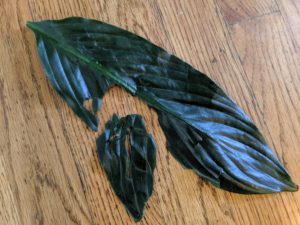
Plants that heal and kill are scattered throughout the great outdoors. You will find plants that heal in your home, yard, and neighborhood – but you can find plants that kill, too. Did you know that there are plants that do both? These plants have mystifying properties. Plants that heal and kill offer some of the most interesting natural resources. Preppers tend to have at least one book about medicinal herbs. However, it’s just as important to have a book about plants that kill – it might save you from making the wrong choice when you’re out foraging or choosing houseplants.
While the list of plants that heal and kill can grow long, let’s take a look at some of the most notorious ones in existence.
Plants That Heal And Kill
Foxglove
Most people recognize foxglove by its tall spires of pretty, bell-shaped flowers. But this plant does far more than just beautify forests, roadsides, and gardens.
History – Today, we consider foxglove a weed. While the plant comes from Europe, it has spread and thrived in North America long enough for the USDA to call it invasive. However, some people still use it for ornamental purposes. The name “foxglove” comes from an old Anglo-Saxon term “foxes glofa,” meaning “glove of the fox,” since the flowers look like fingers from a glove.
Deadly attributes – This dangerous plant contains enough toxin to kill, even in small doses. If someone lives through foxglove poisoning, taken over a long period, they can even hallucinate. Every part of the plant has poison that can affect the heart. Symptoms of foxglove poisoning include changes in heartbeat, confusion, blurred vision, weakness, and headache. Horse farm landscape includes all kinds of wild plants and horses have died from consuming poisonous plants.
Healing qualities – In spite of this danger, foxglove plays a key role in modern heart medicine. Chemicals from the plant are used to make digitalis medicine that can treat congestive heart failure, improve blood circulation, and treat heart rhythm problems. However, it’s not safe to use foxglove to treat yourself.
Calla Lily
The calla lily (slightly different than the peace lily) is another pretty flower and another one of the plants that heal and kill. These striking white, cup-shaped flowers offer more than meets the eye.
History – The calla lily’s name comes from “calla,” the Greek word for beauty. According to Greek mythology, Zeus tried to trick his sleeping wife, Hera, into nursing baby Hercules. But when Hera woke up, she pushed the baby away. The drops of milk that landed in the sky became stars. The ones that landed on Earth became calla lilies. Today, calla lilies remain beloved in floral arrangements for weddings, funerals, and other occasions.
Deadly attributes – Raw calla lilies are toxic. The plant can cause stomach pain, throat swelling, burning sensations, and other unpleasant symptoms. And, like foxglove, it doesn’t take much of the plant to kill a person or animal.
Healing qualities – While some lilies can safely be eaten, calla lilies technically aren’t true lilies and aren’t safe to eat. However, they do get used in medicine on occasion. In South Africa, the plant’s native homeland, people sometimes use calla lily leaves and stems boiled in milk to dress wounds.

Note: The first two houseplants in the photo above are peace lilies. The flowers haven’t bloomed so it’s not easy to identify them.
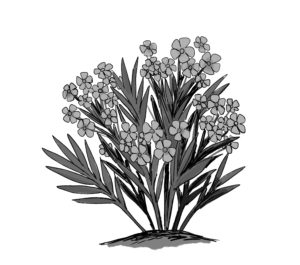
Oleander
These evergreen shrubs have bright, striking blooms that grace many home gardens — and they’re also another of the plants that heal and kill.
History – In the U.S., oleanders arrived in Texas from the Caribbean in 1841. Their popularity spread fast in the surrounding residential areas. However, the history of oleanders stretches back further than that. These shrubs decorated homes in the ancient world too: they’ve been found in the gardens of Pompeii.
Deadly attributes – Every part of the oleander plant contains poison. Oleander poisoning may affect the mouth and throat, eyes and ears, stomach, heart, and even nervous system. It often resembles foxglove poisoning, with similar effects on the heart. In 2000, two young boys died after eating oleander found in their neighbor’s yard. As a landscaping plant, oleander can be found all over the community, even at schools.
Healing qualities – While these plants that heal AREN’T suited for self-medicating, they’ve still been used as a medicine many times. In traditional medicine, people heated oleander roots and breathed in the vapors to treat colds. Some also used oleander leaves to treat skin conditions. And in traditional Egyptian medicine, oleander was a cancer treatment.
Blue Cohosh
Blue cohosh doesn’t look as striking as the other plants on this list, but it does have blue fruits and blue-green foliage that make it easy to recognize. It’s found in the eastern United States within forested areas.
History – This plant never gained the ornamental popularity of the others on this list. In the past, Native Americans primarily used blue cohosh as one of their plants that heal. Midwives used blue cohosh as early as 1882 and midwives still use it today. It remains unpopular for anything other than folk medicine.
Deadly attributes – The seeds and leaves are poisonous, and the chemicals in blue cohosh can damage cells. In fact, even simply touching parts of the plant can irritate skin and mucous membranes. There are children that have died for mistakenly eating the seeds that look similar to blueberries. Blue cohosh poisoning symptoms may include diarrhea, elevated blood pressure, shortness of breath, and stomach pains. It’s important to avoid eating it, especially the berries.
Healing qualities – Traditionally, blue cohosh was used for a multitude of purposes in women’s and reproductive health. You can use it to induce labor and treat menstrual cramps, for example. However, it’s also been used to induce abortion. Today, modern medicine avoids blue cohosh since it can harm fetuses and newborns.
More Plants That Heal and Kill
In the above list of plants that heal and kill, none are suitable for home remedies. However, if you want to harness the healing power of plants, you can try one of these anti-viral, antibacterial, or anti-parasitic alternatives.
These herbs can kill viruses, bacteria, and parasites without causing you harm:
- Aloe vera: This plant helps skin heal and even clears acne, thanks to its antibacterial properties
- Goldenseal: This antibiotic herb can also treat colds and allergies
- Garlic: You might already use garlic in cooking, but you can also use it to ward off cold and flu viruses
- John’s Wort: This popular plant for treating depression and appetite loss has anti-viral properties in high doses
- Tea tree: Tea tree offers a fresh scent, but helps kill parasites like lice too
- Birch: The oil of birch can combat fungal infections, ringworm, acne, and other skin conditions
What Will You Do with Plants That Heal and Kill?
The world contains many plants that heal — but some of those healing plants can kill, too. The four main plants that heal and kill on this list aren’t safe for self-medication. They can only serve decorative purposes — and ONLY if you know no children or animals nearby will try to eat them. Check the plants around your home to make sure they’re safe for kiddos and pets. There are several cell phone apps (PlantNet) where you can take a photo and the app will help you identify it. The app helped me identify the other plant seen in the above photo as a prayer plant.
Have you had an experience with poisonous plants? Do you think it’s important to know about the poisonous plants that grow in your area? Leave a comment and share your experience!
Related Article: 10 First Aid Tools You Need To Pull Through An Emergency
Thanks for visiting Preppers Survive. Before you leave subscribe to our newsletter. If you enjoyed this article Plants That Heal and Kill, please share it on your favorite social media.
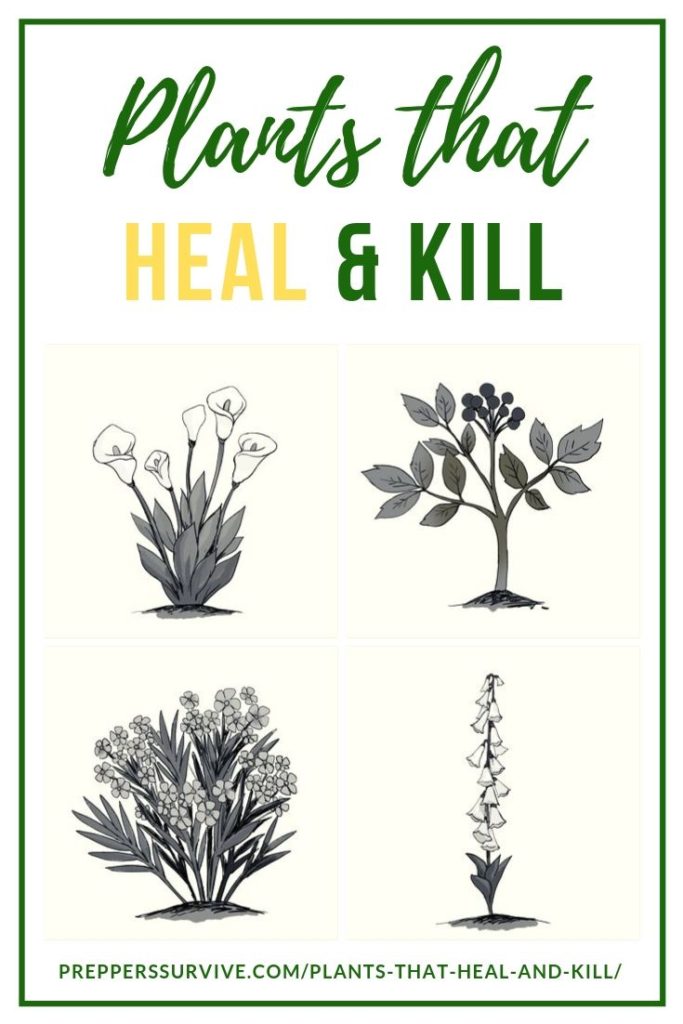


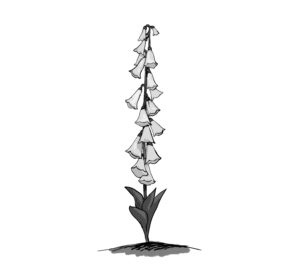
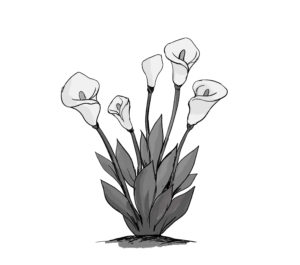
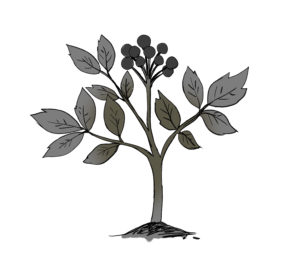
Leave a Reply